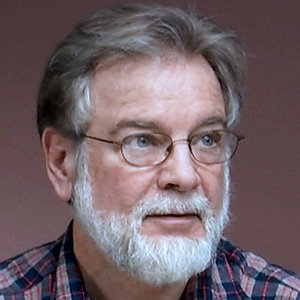In the late 1950s when I was a kid in elementary school showing more interest in science than sports, my mother gave me a subscription to National Geographic magazine as a Christmas present. That, plus the two other great photo story publications that came to our home back then — LIFE and LOOK magazines — affected my young imagination like nothing else ever would. Their format — journalistic text reporting illustrated with a substantial group of photographs assembled in a symbiotic narrative manner — provided an unusually vivid sense of what an article was all about. From the 1930s, when it was pioneered by publisher Henry Luce, to the early 1960s when the rise of TV eclipsed it, this format of magazine “photojournalism” was the country’s most influential medium.

After that, the photo story format was carried on to some degree by many newspapers and magazines until the first decade of the new millennium. Then, hammered by both a national financial implosion and the digital communications revolution, the publishers who remained in business tended to cut back on photo space in their pages to save paper. (Some even began to cut back on their staff photographers as well.) There are exceptions to this, the most noteworthy of which is the New York Times that has greatly expanded its use of multi-image and text photo story layouts that often take up multiple pages.
It has always seemed surprising to me, given a website’s ability to quickly and economically expand to contain as many photos as one can dump into it, that the highly-engaging “photo story” format has not caught on big time online. But it hasn’t. Today’s internet and smart phones have given rise to endless tsunamis of new photos — Mary Meeker’s Annual Internet Trend Report estimates that nearly 1.9 billion digital images are uploaded to the internet around the world EVERY DAY. But that’s all they seem to be: storms of random photos exploding color outward from everywhere even as they mostly fail to tell coherent stories.
I’ve never been drawn to the hyper kinesis and chaos of flickr or Instagram. For years I hoped that one of the surviving photography magazines would see the potential value of launching a website with a name like AmericanPhotoStories.com and a structure that easily supported the upload and promotion of the images and text packages in this old-school journalism format. But that never happened.
So, I’ve created HoagOnSight.com as a place where I can publish my own photo stories in the old way because I think photo and text narratives like this provide more value to the reader/viewer. My lite photo features in these pages certainly aren’t heavy weight reporting. But they do provide interesting reading and, in the autumn of my career, they also help take me back to my younger self.
~ ~ ~
Since 1969 Hoag Levins has worked as a staff reporter, editor and photographer for newspapers, magazines and mainstream media company digital platforms in Philadelphia, Manhattan and Washington, D.C. He is currently Editor of Digital Publications at a research center within the University of Pennsylvania.
